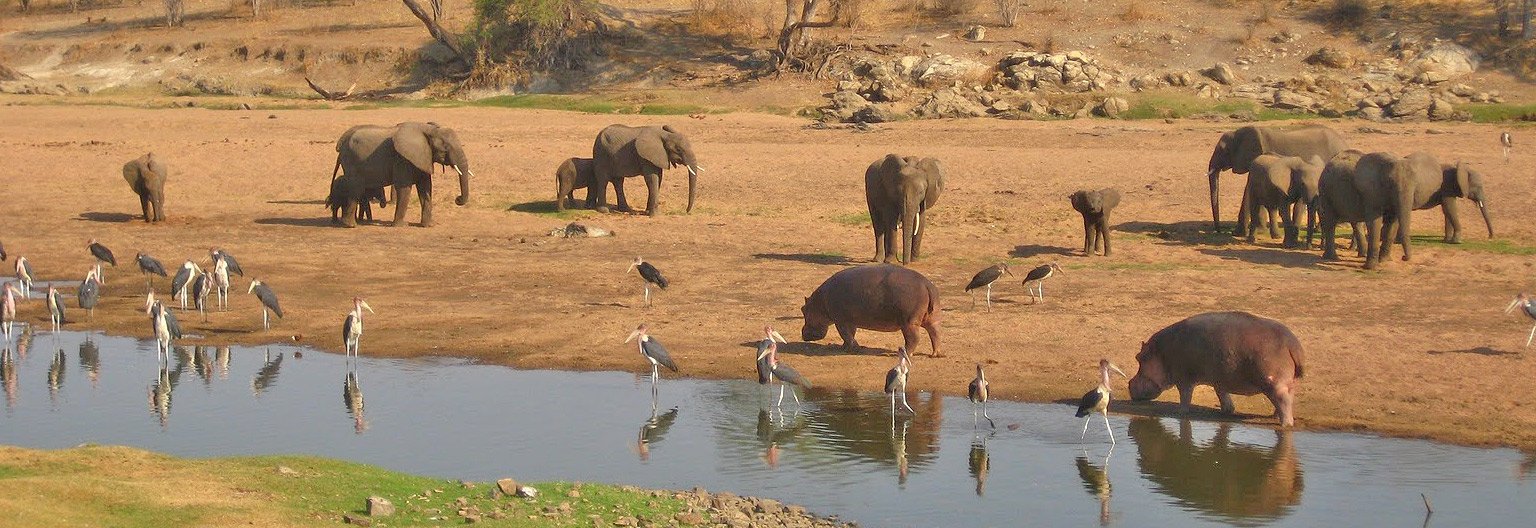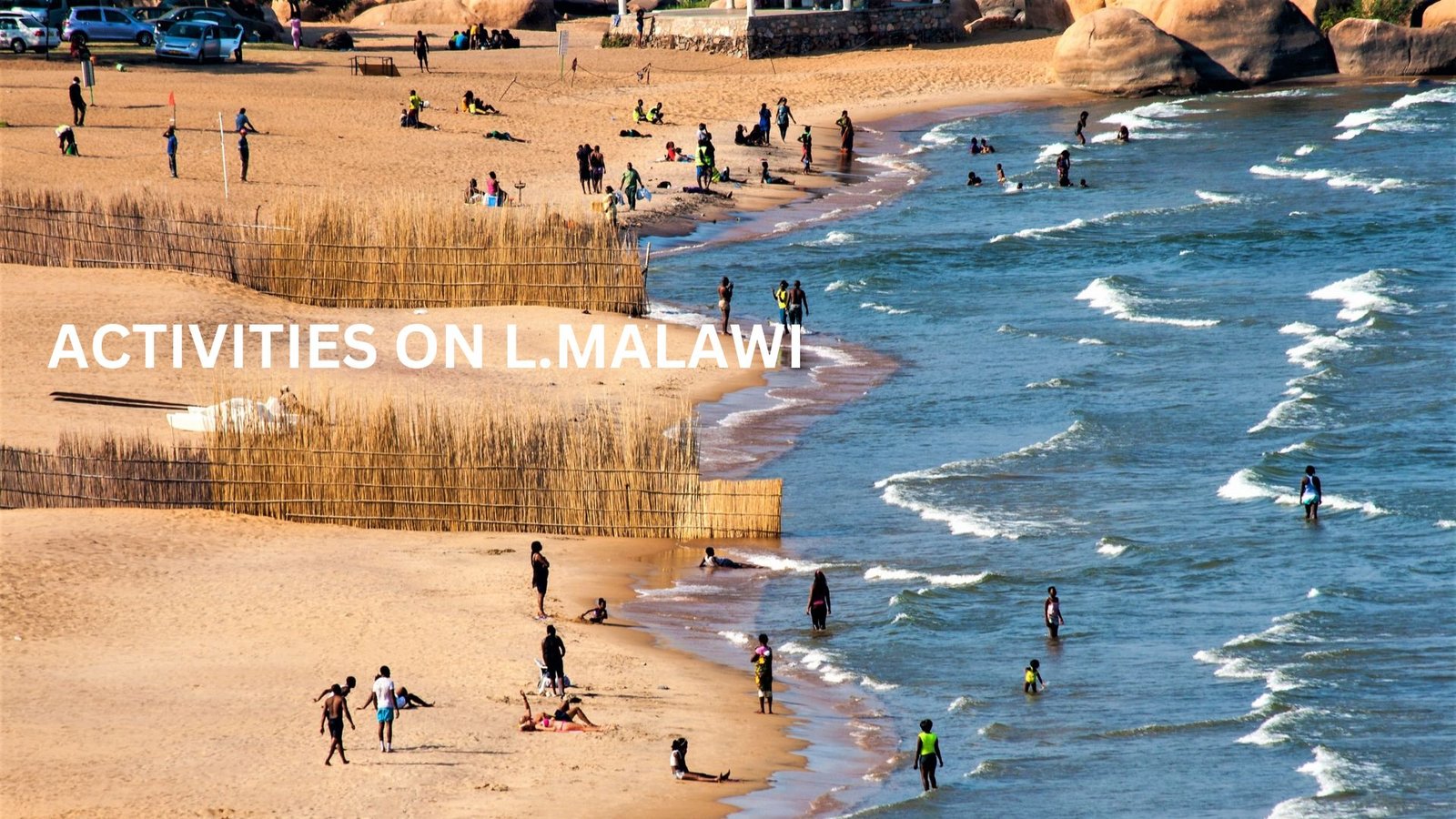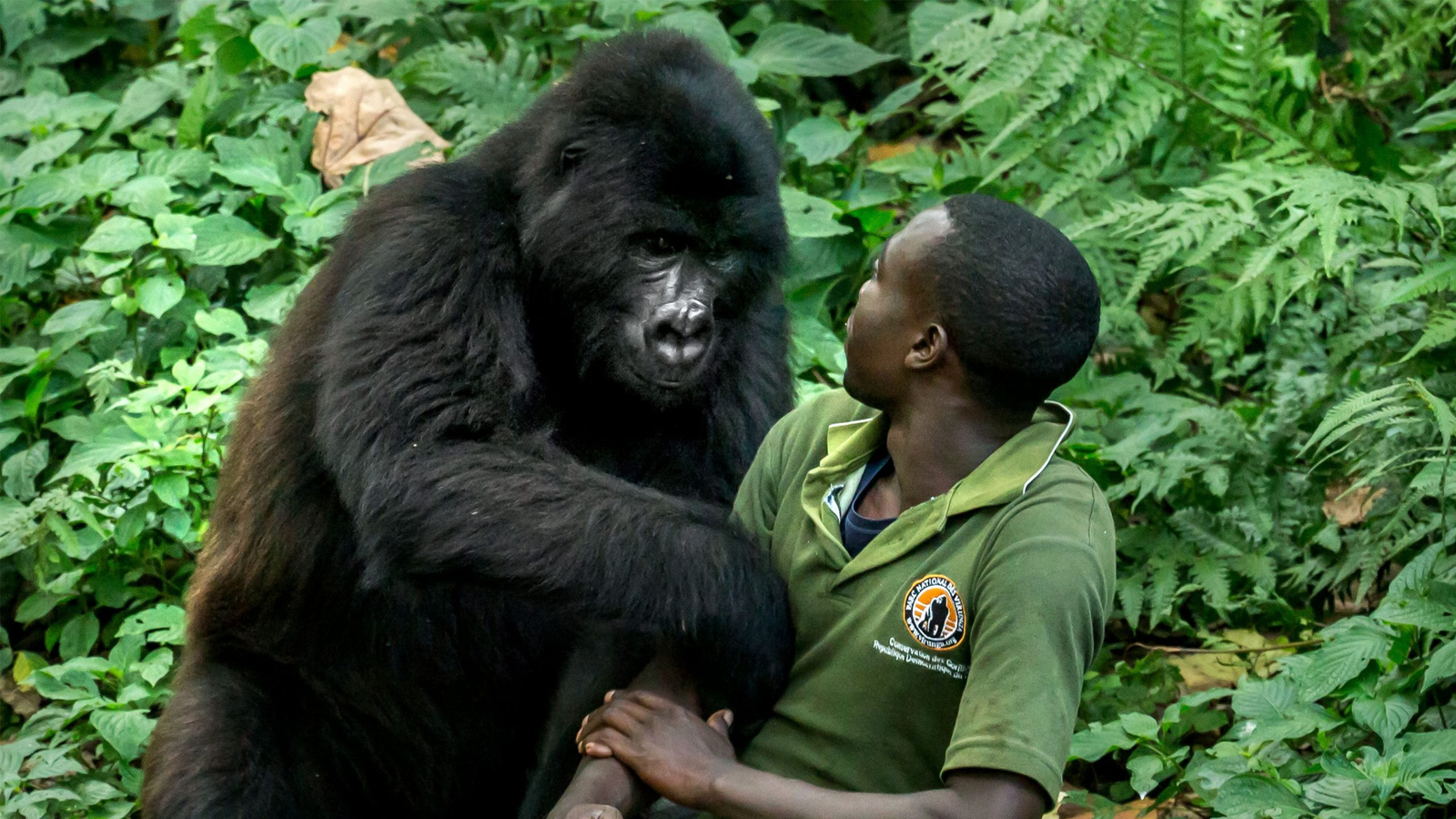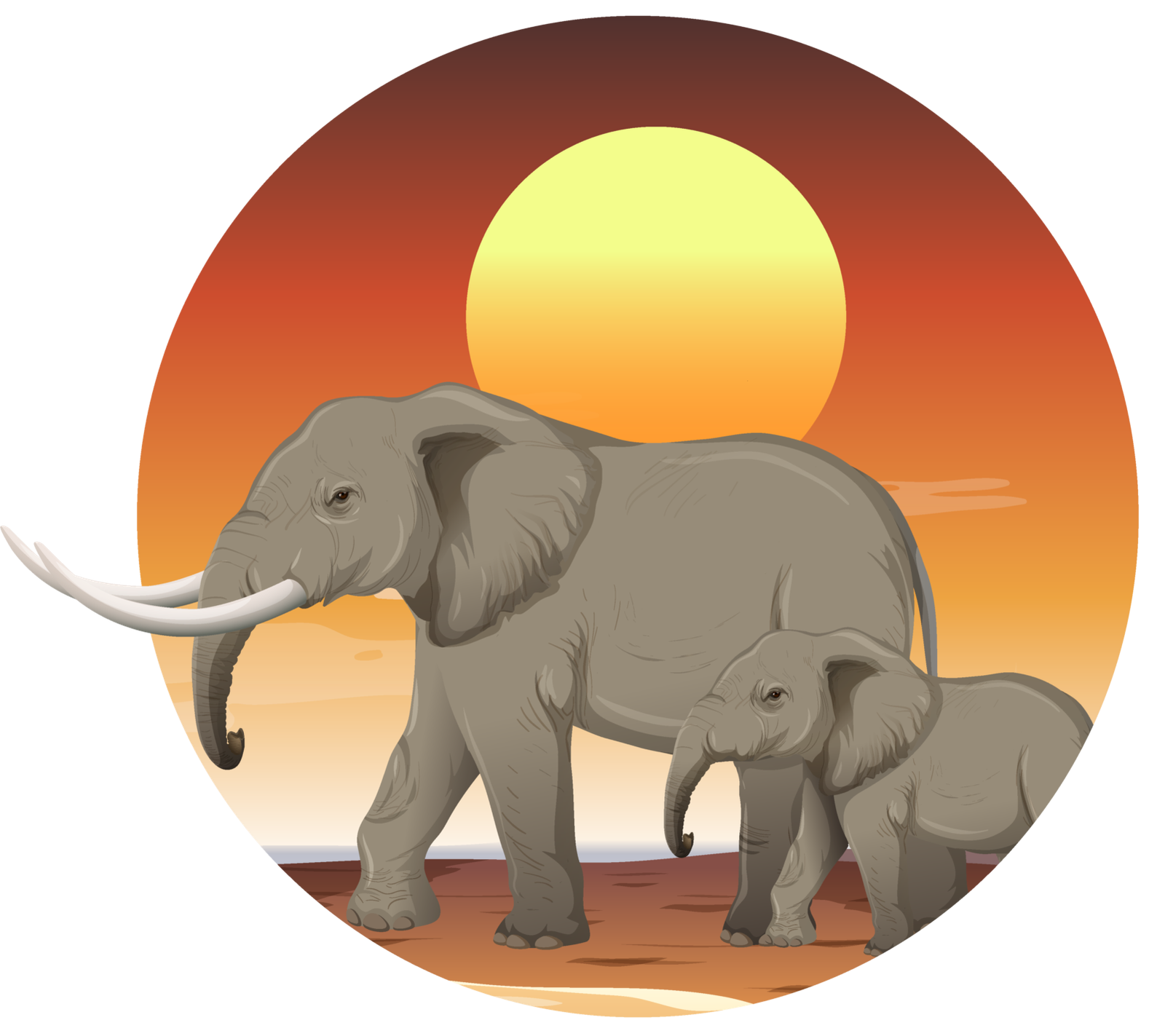Ruaha Tanzania safari information.
Ruaha national park is a notable popular destination where the wild giants like elephants, buffaloes roam. This park is also full of varied magnificently captivating scenery.
Ruaha national park is made up of rolling hills, large open plains, groves of skeletal baobabs the great Ruaha River and many others. It is from the Ruaha river that Ruaha national park attained its name from.
Much of this topography is undulating plateaus averaging about 900m in height. Full of occasional rocky outcrops that stand off baobabs. Mountains in the southern and western part of the park reach to about 1600m and 1900m, respectively.
Running through the park are several ‘sand’ rivers, most of which dry up during the dry season, when they are used by wildlife as corridors to reach areas where water remains. Beautiful

Size and directions of Ruaha national park in Tanzania
Spreading widely covering about 22,000 sq. km, Ruaha National Park is Tanzania’s largest game park. It forms the core of a wild and extended ecosystem of Tanzania. It is a home to Tanzania’s largest elephant population.
In addition to the elephants, which are estimated to number about 12,000, the park hosts large herds of buffaloes, as well as greater and lesser kudus, Grant’s gazelles, wild dogs, ostriches, cheetahs, roan and sable antelope, and more than 400 different types of birds.
This is by far the most dominant geographical feature of the national park and, for the wildlife it is the most important.
Ruaha has a hot, dry climate which means the animals don’t tend to stray too far from dependable water sources. This makes predicating game movements far easier particularly in the dry season.
Though Ruaha national park is relatively far from Dar es Salaam, it is worth a visit. Its distant location from major towns is the reason for the limited number of tourists visiting this destination.
O! Worry not about the long road drives because this park is served by daily flights by chartered flights companies like Coastal Aviation and Safari Air link from Dar es Salaam. When you land at the local airstrip in Ruaha.

Attractions, what to see at Ruaha game park
In some ways ecosystems in the Ruaha National Park represent a transition zone between the miombo woodlands common in Zambia, and the more open savannah biomes, typical of northern Tanzania and Kenya.
This is evident in the park’s vegetation, which is thick in some areas and yet wide open in others. The floral variety of Ruaha is mirrored by the variety of wildlife likely to be seen over the course of a few days on safari here.
There is a real mix between species more commonly associated with southern areas of Africa, and species which are widespread in the south such as; buffalo, zebra, Defassa waterbuck, impala, bushbuck, giraffe, Lichtenstein’s hartebeest, greater kudu (some of the most handsomely horned males you’ll come across anywhere in Africa) also the more elusive roan and sable antelope.
Grant’s gazelle and lesser kudu are also found here and are good examples of game that is more typically associated with areas further north.
(It’s also one of the few places where you can see both greater and lesser kudu in the same area.) Ruaha National Park is also home to the largest elephant population found in of any Tanzanian national parks, with some 12,000 elephants migrating through the greater Ruaha ecosystem each year.
What more to see at Ruaha?
It is also an excellent park for predators. Lions are not only numerous but the prides tend to be unusually large over 20 individuals. Cheetah can also be spotted hunting on the open plains; while upholding its good reputation for easy sighting of leopards in East Africa.
It is one of the last major strongholds for African wild dog populations with more than 100 found here. Black-backed jackal and spotted hyena are both very common and easily seen, and the rarer striped hyena, though seldom observed, also lives here.
If you really want a real life encounter with any of the cats mentioned above, please go ahead and contact us at Jewel safaris for a safari reservation to Ruaha national park.
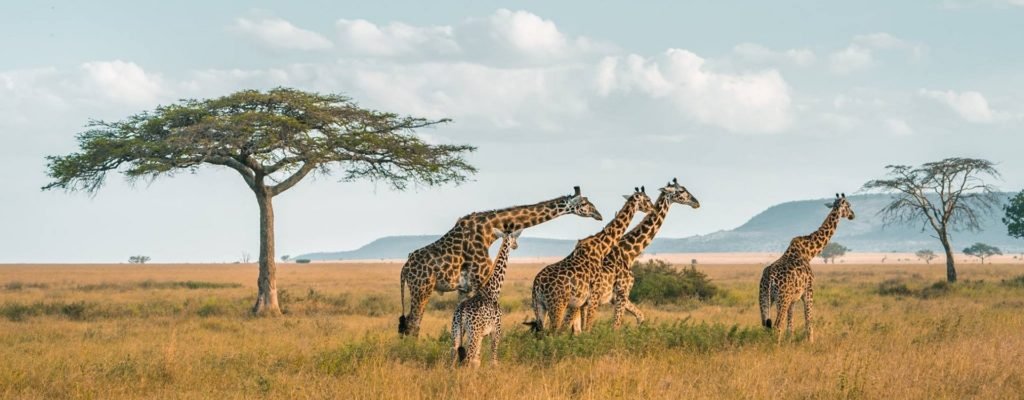
Bird watchers are you there? Bird-life in this game park is so extraordinary. Ruaha national park has over 580 sighted species with an interesting mix of southern and northern species.
Particularly, there are substantial and visible populations of black-collared lovebird and ashy starlings, this is perhaps the only savanna reserve in East Africa where the crested barbet replaces the red-and-yellow barbet.
Ruaha national park safari attractions
Birders do you see why Ruaha national park should be your next birding destination with Jewel safaris in charge of arranging it?

Along the rivers expect to find water birds like Goliath herons, saddle-billed storks, white-headed plovers and the white-backed night heron. There are six species of both vultures and horn-bills including the recently described Tanzanian red-billed hornbill.
Raptors are here too; with bateleur and fish eagle probably the most visible large birds of prey, there are also localized Eleanora’s falcon quite common in December and January.
Keen bird-watchers visit Ruaha National Park from mid-November to March, when migrant birds swell the numbers.
This land of endless plains should be where to begin your safari from. All Tanzania safaris are memories packed, experiential and are affordable to all ranging from budget, moderate and Luxury.
When they said “Tourism is therapy,” they referred to east Africa. Let the safari commence with you on board too exploring the rich ecosystems of East Africa.
See the sample Tanzania itineraries below:
Welcome to the Tanzania with Jewel safaris!
